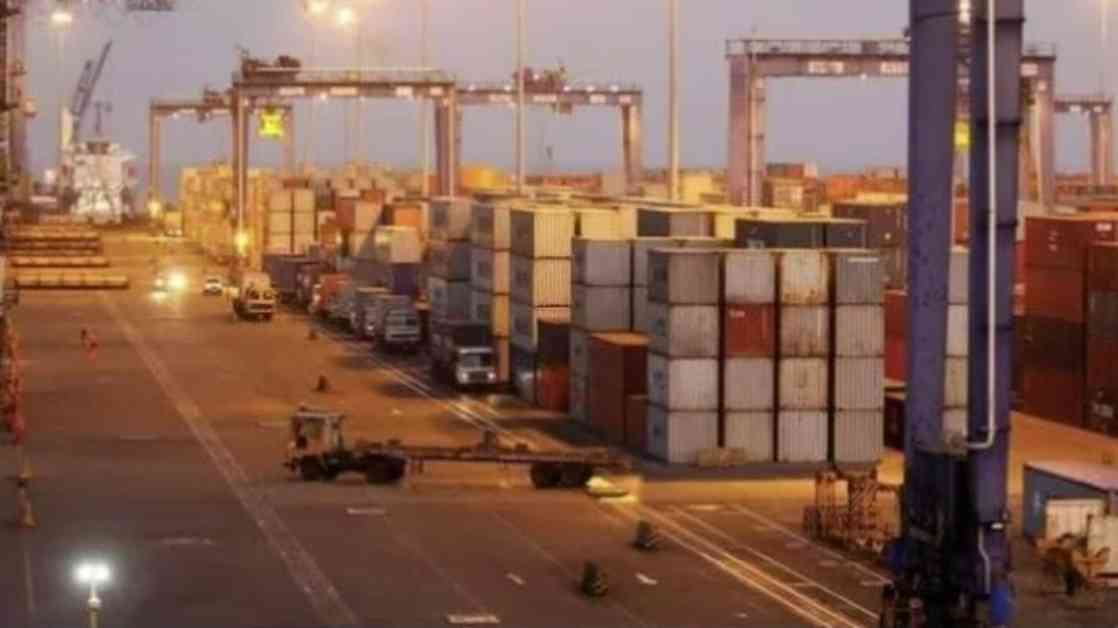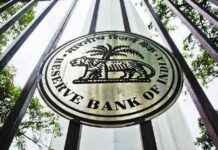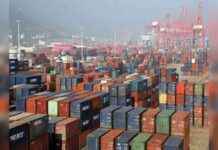President Trump’s recent decision to implement reciprocal tariffs on imports from India has sent shockwaves through various sectors in the country, causing a ripple effect that could impact numerous stakeholders and workers. The announcement came during a press conference in Washington DC on February 13, where President Trump, alongside Indian Prime Minister Narendra Modi, emphasized the need for “fairness and reciprocity” in trade relations between the two nations.
The primary objective behind these tariffs is to boost bilateral trade with India while aligning tariff structures to create a more level playing field between the two economic powerhouses. President Trump highlighted the importance of reciprocity in trade, stating, “Whatever India charges, we charge them… Really, we want a certain level playing field.”
Recent data reveals that India currently maintains a positive trade balance with the United States, exporting roughly $50 billion more in goods to the US in 2023 than it imported. In the same year, India’s imports from the US totaled around $70 billion, while its exports amounted to $120 billion, resulting in a total trade value of approximately $190 billion between the two countries.
Analysts at Nomura have pointed out that emerging economies like India, alongside China and Thailand, have relatively higher tariff rates on US exports and are thus at risk of facing reciprocal tariffs. Among major Asian economies, India boasts the highest weighted average tariff rate against US imports, standing at 9.5%, followed by China at 7.1%, Thailand at 6.2%, and Indonesia at 4.2%.
Reciprocal tariffs essentially involve imposing the same tariff rates on imports from a particular country as that country imposes on US exports. For instance, if India imposes a 25% tariff on US autos, the US would reciprocate by imposing a similar 25% tariff on auto imports from India.
These reciprocal tariffs pose a more significant threat to emerging Asian nations like India compared to developed Asian countries such as Japan. India’s effective tariff rate on US exports is approximately 9.5%, significantly higher than the 3% tariff rate on Indian exports to the US, as per Nomura’s analysis.
Within India, two key sectors that face heightened risks due to reciprocal tariffs are agriculture and transportation. Additionally, sectors with higher relative tariff rates, such as textiles, footwear, and chemicals, are also at risk. Noteworthy exports from India to the US include electrical/industrial machinery, gems & jewelry, pharmaceuticals, fuels, iron & steel, textiles, vehicles, apparel, and chemicals, with iron & steel and aluminum accounting for nearly 5.5% of the total.
Analysts at Nomura have observed India’s efforts to avoid confrontation by reducing import duties on various products in the electronics and textiles sectors, as well as high-end motorcycles. The government is also actively contemplating reducing tariffs on over 30 items, including luxury vehicles, solar cells, and chemicals, in a bid to navigate the evolving trade landscape.
Despite these strategic moves, experts at CRISIL warn that tariffs could exacerbate India’s existing concerns. They predict that a lower fiscal impulse, as the government aims to reduce its fiscal deficit, may weigh on growth. Moreover, exports face risks stemming from escalating tariff wars on a global scale. Central banks are closely monitoring the situation, acknowledging higher risks to growth and inflation amidst the escalating global tariff dispute initiated by the US.
In conclusion, the implementation of reciprocal tariffs between the US and India has far-reaching implications across various sectors, affecting trade dynamics, economic growth, and stakeholder interests. As both countries navigate this complex landscape, the repercussions of these tariffs are likely to shape the future trajectory of their trade relations and economic prosperity.























